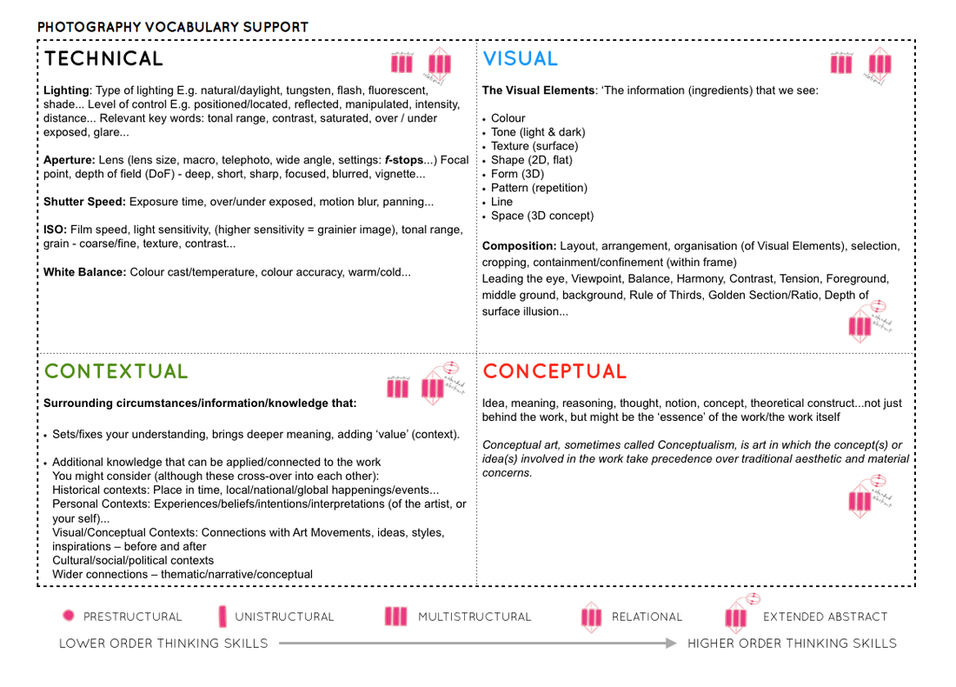Robert Frank
•Robert Frank was one of the most influential photographers in the 20th century. Robert Frank use to be a successful fashion photographer, until he felt like he wanted to explore photography more in depth as fashion photography was very limited for him as a photographer. After being a fashion photographer, Robert Frank decided to become a more creative photographer taking pictures of places he went and what he saw, with photography style described as a “mature style” which was characterised by“bold composition and ironic, sometimes bitter, social commentary”.
•Robert Franks pictures are all in black and white with a lot of personality in the pictures as they come across to be taken in the moment, meaning that the pictures weren’t a planned shot. From some of the pictures, visually you can see that the people in the photographs where moving as he took the pictures also, there is natural lighting in all of his pictures which can be seen from the scenery the pictures are taken and the shadows in the pictures stand out as well. Moreover, his pictures are in black and white which goes to show the era in which he took his pictures in also, from the facial expressions on the pictures he has taken you can see that some of the people in the photos have some emotion attached to them being upset, frustrated and feeling casual from the lives they have to put up with.
My Pictures
Edited Pictures
•The overall evaluation from my work is that in my opinion I think I have gotten some of my images to lok like Robert Frank’s, I know this because my iages are In black and white having some contrast being recognisied in the pictures from the bright colours in the pictures to the shades of black in the pictures. Moreover, in my pictures I have got a lot of shadowing that is quite apparent, standing out in the pictures due to using Robert Frank’s technique of black and white photography. The shadowing in the pictures is key as it goes to how where the source of light is coming from in an image also, showing how harsh or soft the lighting is within the environment. Another reason as to why I thought the technique of Robert Frank’s black and white photography does justice within this theme for the photo shot is because lockdown was a very inytense time for everyone mentally and physically, the emotion that most people probably came across was lonellyness and his technique worked with this as black and white pictures are very hollow which can show lonellyness, especially in my pictures in which their arent people around.
Favourite Edited Picture
•My favourite picture that I thought was best In terms of having a similar style to Robert Frank was this one. This is beause it was a picture taking in the moment with peiple minding their own business either socialising in small groups or wokring. Moreover, this picture links with the theme as there are glass pains in betwenn tables showing people cant be to close and there are empty tables acroos the restaurant with people sitting on them, in order for people to be socially distanced because of the virus





















